Whether problems are emerging or so entrenched that they’re now invisible, I’m convinced that each institution is equipped to solve its problems.
This article shares a handful of integrative solutions to authentic problems and offers a way for you to assess the predominate thinking at your institution.
Have you ever wondered about the concept of difference – what makes people different? I’m thoroughly fascinated by the phenomenon. An ability to generate positive outcomes from differences is a common thread throughout my professional career. As an orientation director, I used “creative abrasion” –– a technique that strategically contrasts divergent views –– to elicit and integrate the best ideas from groups of diverse student leaders.
This technique was particularly useful in helping an institution through a prickly situation that ultimately established the first black Greek organization on a predominantly white college campus. Polarized viewpoints had derailed numerous past efforts, yet we brokered a winning solution for all parties involved. In The Opposable Mind, Roger Martin labels this approach to difference as “integrative thinking.” He describes integrative thinkers as those who have,
the predisposition and capacity to hold two diametrically opposing ideas in their heads. And then, without panicking or simply settling for one alternative or the other, they’re able to produce a synthesis that is superior to either opposing idea…The integrative thinker welcomes the challenge of shaping the world for the better.
The education community needs more integrative thinking. In my consulting work with colleges and universities, I frequently encounter systems that are perpetually stuck in negative spirals. These communities consist of highly intelligent and capable people who’ve accepted a false reality that their institution’s problems are too hard to solve; survival, rather than repair and move forward, has become their goal.
Often, these schools waste valuable resources on some form of the blame game regarding student performance. Frustrated educators blame students for their underperformance, or they blame the admissions staff for enrolling unfit students. Exasperated administrators cite “evidence” of generational deficiencies or demographic shifts to explain away low retention and graduation numbers. Dejected students balance blame between their professors and former high school teachers. Even worse, many students simply blame themselves. They conclude that they must not be cut out for college, leaving them eventually to stop out, drop out or fail out.
Rather than using integrative thinking to create a better environment for all stakeholders, education institutions default to conventional thinking, which Martin describes as, “a self-reinforcing lesson that life is about accepting unattractive and unpleasant trade-offs…Fundamentally, the conventional thinker prefers to accept the world as it is.” The infighting continues. Meanwhile, the numbers don’t improve and the culture stagnates.
I’ve participated in some significant teaching and learning projects at a variety of institutions. The ability to bypass conventional thinking and engage in integrative thinking was the most potent force in each case. An example was when an integrative approach to problem-solving helped the nursing program at Lenoir-Rhyne University obtain a 100% first-time pass rate on the NCLEX national nursing exam. It also helped mend long-standing bitter divisions among faculty and coaches.
Multiple Points of Salience
Let’s delve a little more deeply into the integrative thinking that generated the study hall program. My higher education career has covered a broad range of experiences. This is relevant because my background played an important role in the program’s design. I recruited students in admissions, dabbled in financial aid, worked in athletics, led several student affairs programs, taught classes, developed a learning center, first-year student program, a co-curricular program, and so on. Each opportunity allowed me to experience differing points of salience.
Salience, or determining a situation’s most prominent features, is a highly idiosyncratic interpretive skill. It’s central to integrative thinking because thinking integratively involves making judgments about what’s important and prioritizing levels of importance. This is how we determine salience. Our actions are driven by the factors we consider salient.
Thought experiment:
Think of a time you made a decision that you later regretted. If you unravel your thought process your regret stems from one of two causes:
- Unknown salient features – you didn’t consider a factor that you should have.
- Undervalued salient features – you thought about a factor, but did not give it the proper weight.
When conceptualizing the study hall program, we needed a particular kind of success. It had to be immediate, significant and undeniable in order to generate buy-in from all constituents. Additionally, the program had to improve student-athletes’ athletic performance as well as their academic work.
That last point, improving students’ performance in their sports, is a critical point of salience that’s often undervalued when designing athlete-focused academic programs. When Dr. Larry Hall, the University Provost, asked if I wanted him to mandate student-athletes to attend study hall, I told him, “No.” I understood that the most salient points for coaches are wins and losses and the ability to recruit, retain and graduate players. If the program demonstrably improved these areas, then the coaches and players would become fierce supporters. All the teams participated from football to cheerleading and golf to lacrosse. All teams except the men’s basketball team.
We created a survey that student-athletes anonymously completed that inquired about the degree to which the thinking competencies that were improving their academic performance were enhancing their athletic performance. Practically all the student-athletes provided affirmative answers, many even commenting that they could “play faster,” that they “reduced mental errors” and that they now possessed a greater appreciation for the role that effective thinking plays in school and collegiate athletics.
The success was so palpable that the head men’s basketball coach who declined to participate initially hunted me down in the summer after the first year of the program, begging me to let his guys join in. His team had historic academic improvements after their first year in the program, which was sustained over time. By 2014, the Greek organizations began requiring their members to participate. Keep in mind that at this stage of the cultural change, students were requiring themselves to attend study hall without any institutional mandate or incentives.
From an integrative thinking perspective, I empathized with the faculty who deemed students apathetic and occasionally combative. They wanted the students out of their classrooms and, if possible, out of the institution. However, I also understood that coaches have a different relationship. They sit with players’ parents and families and commit to “take care of their sons and daughters.” So, their perspective is quite different from academic educators. Yet professors and coaches are educators.
Lenoir-Rhyne University enjoyed some of its best years academically and athletically during the program. Coaches frequently commented on how the program enabled them to recruit, retain and graduate players. They were pleased with the time and money they saved by not having to re-recruit positions or spend their time attempting to rectify students’ academic woes. At the same time, professors and administrators saw the strong academic culture they’d envisioned emerging. I’ll never know how closely correlated these improvements were to the study hall program, but based on my long tenure at the institution, I’m certain that the program was a key driver of the success.
(You can read more about the study hall program in the following linked articles: How to Use Athletic Literacy Skills to Develop Academic Literacy Skills and Dumb Jocks Myth Dispelled.
The LearnWell Projects has served as a consultant with the University of the Cumberlands in Williamsburg, KY, since 2013. Integrative thinking has produced some profound insights and remarkable results there as well. While culling their data in the early stages of developing their Quality Enhancement Plan (QEP), a document required for institutional accreditation, we discovered a persistent data disconnect between faculty and student perceptions of the learning experience. We ended up translating the conflicting data outcomes into a QEP that received no recommendations for improvement and the evaluators deemed it a model project.
Now, instead of faculty and students being at odds, professors are rejuvenated and students value rigorous learning. Read about the transformation that is occurring at UC at The Power of Micro-Experiences. (I’ll be co-presenting with UC faculty members at the SACSCOC annual meeting in December.)
Cumberland officials were so impressed with the improvements in their in-class experience that they asked us to develop a program for the athletic teams. Not willing to simply transfer the ideas that worked at Lenoir-Rhyne University to UC, we investigated the factors that were particularly salient for this institution. The result was a program that had an immediate impact, catapulting its football team’s average GPA from a 2.1 to nearly a 3.0 in one semester!
Perhaps most impressive was the dramatic change in the student-athletes’ academic identities. During our initial August meeting, many players had negative academic self-appraisals and low self-efficacy. They candidly spoke about being pushed through high school without learning much. They claimed they weren’t college students, but athletes attending college classes.
But they were singing a different tune a few months later in October. They fully embraced their academic identities. Many of them expressed a desire for greater academic challenges. The head football and volleyball coaches became huge fans, eventually revamping their practice formats to incorporate the study hall model.
The Hickory High students on the following video clip share how metacognition elevated their thinking and learning.
During my initial encounters with underperforming students in the early 2000s, I became driven to determine why these capable, hard-working students were performing below their and the institution’s expectations. Rather than assigning blame, I allowed the tension between these students’ high self-appraisals, but low grades and professors’ low student-appraisals, to simmer in my mind, without settling for alluring trade-offs:
- The students were victims of bad high school educational systems.
- The students were not working hard.
- The professors were inadequate teachers.
- The students were generationally broken.
As Martin observed, holding multiple opposing ideas in the mind without settling for a less attractive alternative ultimately produced a synthesis that was superior to the trade-offs because it simultaneously encompassed all of them and none of them. In the end, no one lost, and everyone won!
Our partnerships with institutions have strengthened our conviction that deriving solutions from integrative thinking is a missing link in education. An integrative perspective is that students may very well be unprepared for college but appropriately educated for high school. The problem is that somewhere along the way we’ve convinced ourselves that the high school off-ramp leads directly to the college on-ramp. We’re closer than we think, but far too many students fall in the gap. If we close this gap, then we close the achievement gap.
Institutions Reflect on Impact
I’m honored that these colleague took time to reflect on the impact we’ve had on their institutions. It was a labor of love!
Click on the image to enlarge
Does your institution practice integrative thinking or is there a predisposition to conventional thinking?
The following chart shares some of the manifestations at different institutional levels. Use the comments section below to share your thoughts about the climate at your institution.
UNDER THE MICROSCOPE
- AC = Administrative level primarily engages in conventional thinking
- FC = Faculty level primarily engages in conventional thinking
- SC = Staff level primarily engages in conventional thinking
- CC = Campus or students level primarily engages in conventional thinking
- AI = Administrative Level primarily engages in integrative thinking
- FI = Faculty level primarily engages in integrative thinking
- SI = Student level primarily engages in integrative thinking
- CI = Campus or student level primarily engages in integrative thinking.



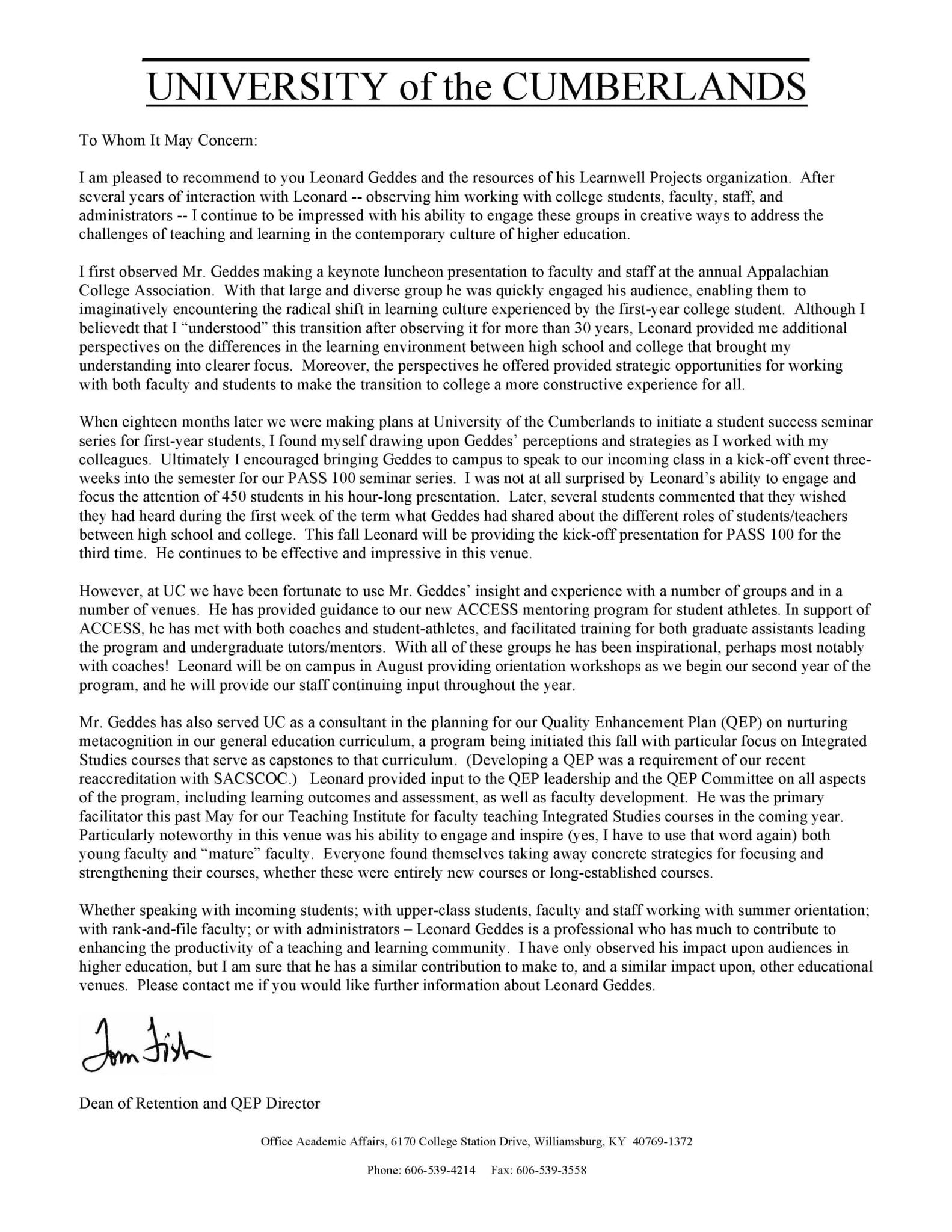
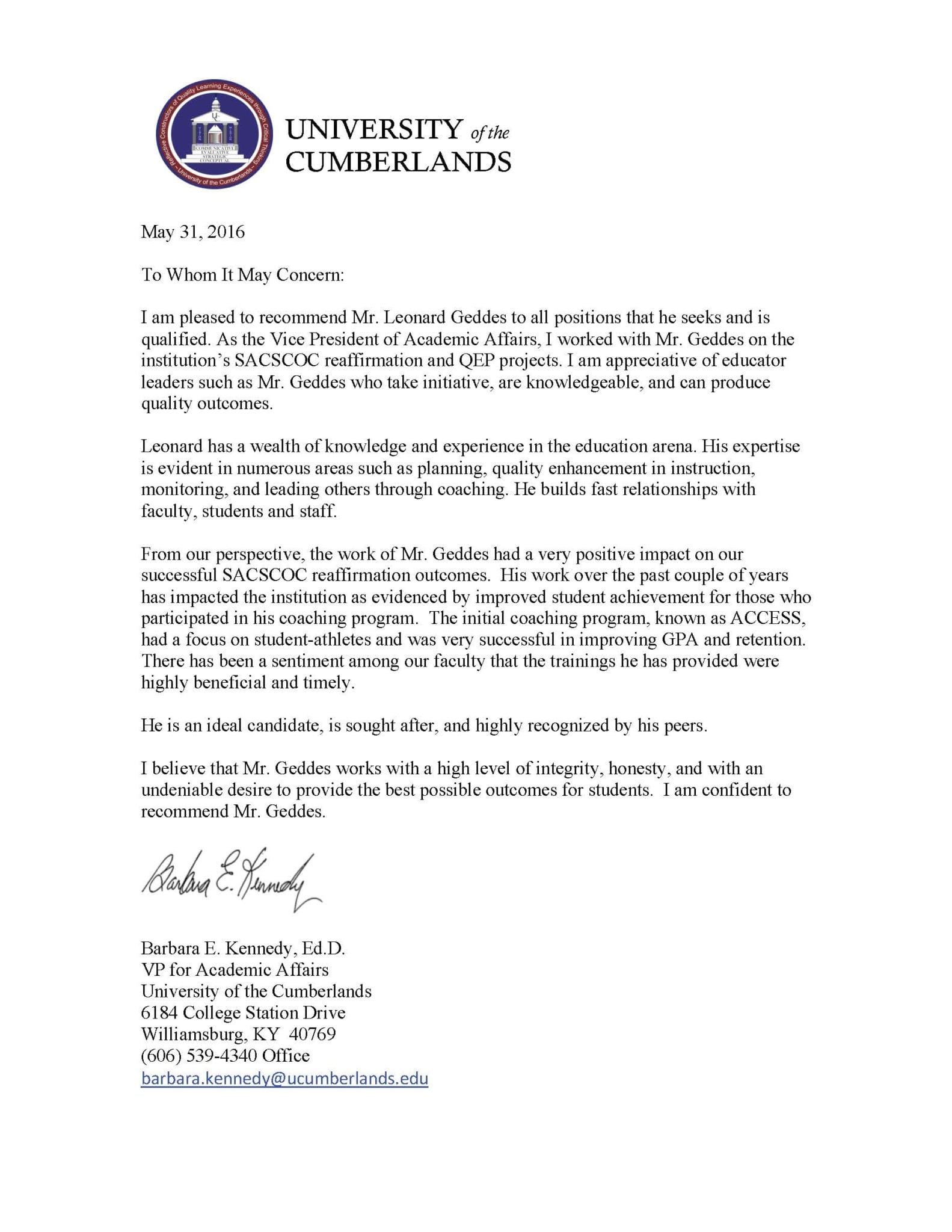
![Geddes - Letter of Support[1]](https://thelearnwellprojects.com/wp-content/uploads/2017/09/Geddes-Letter-of-Support1.jpg)
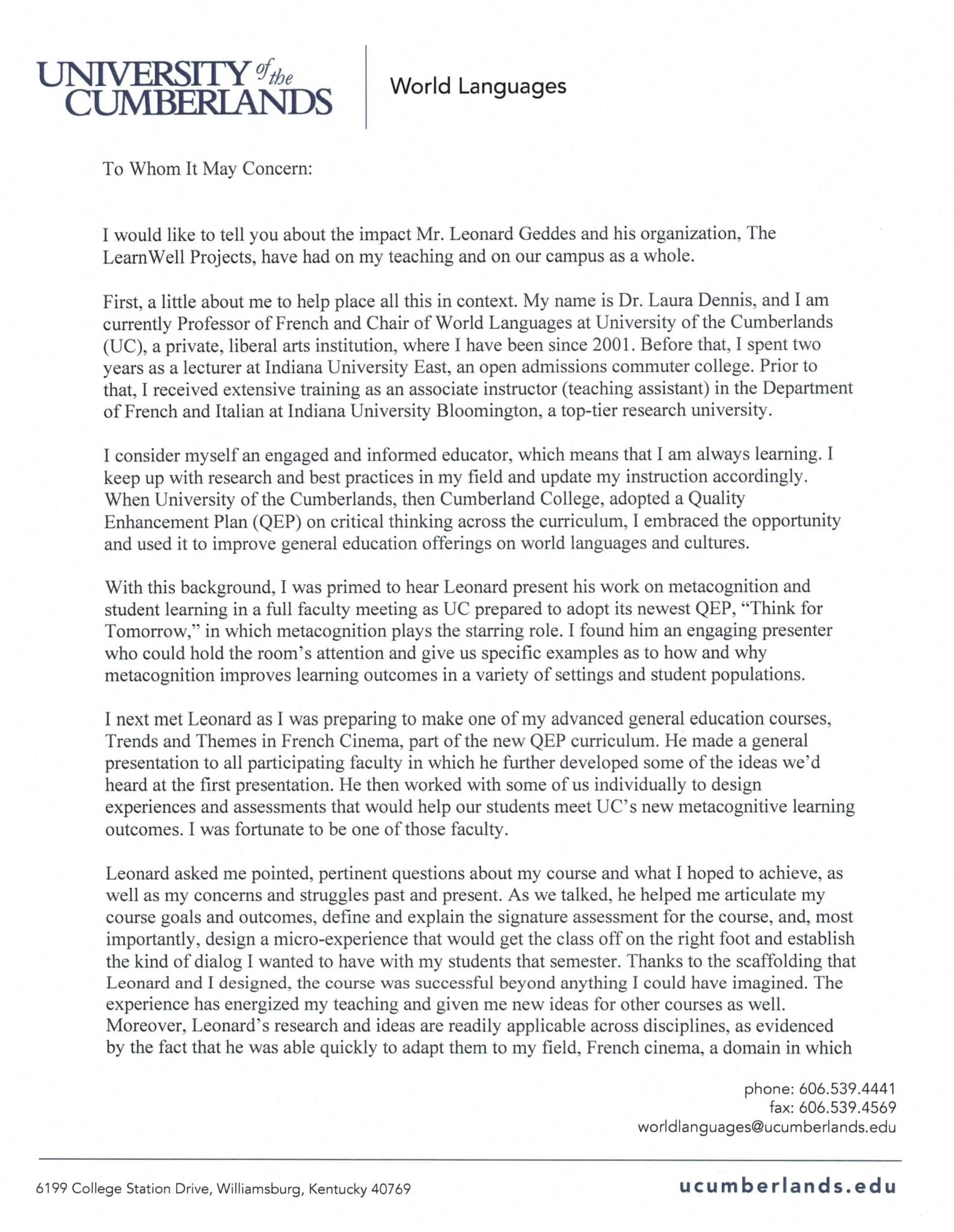
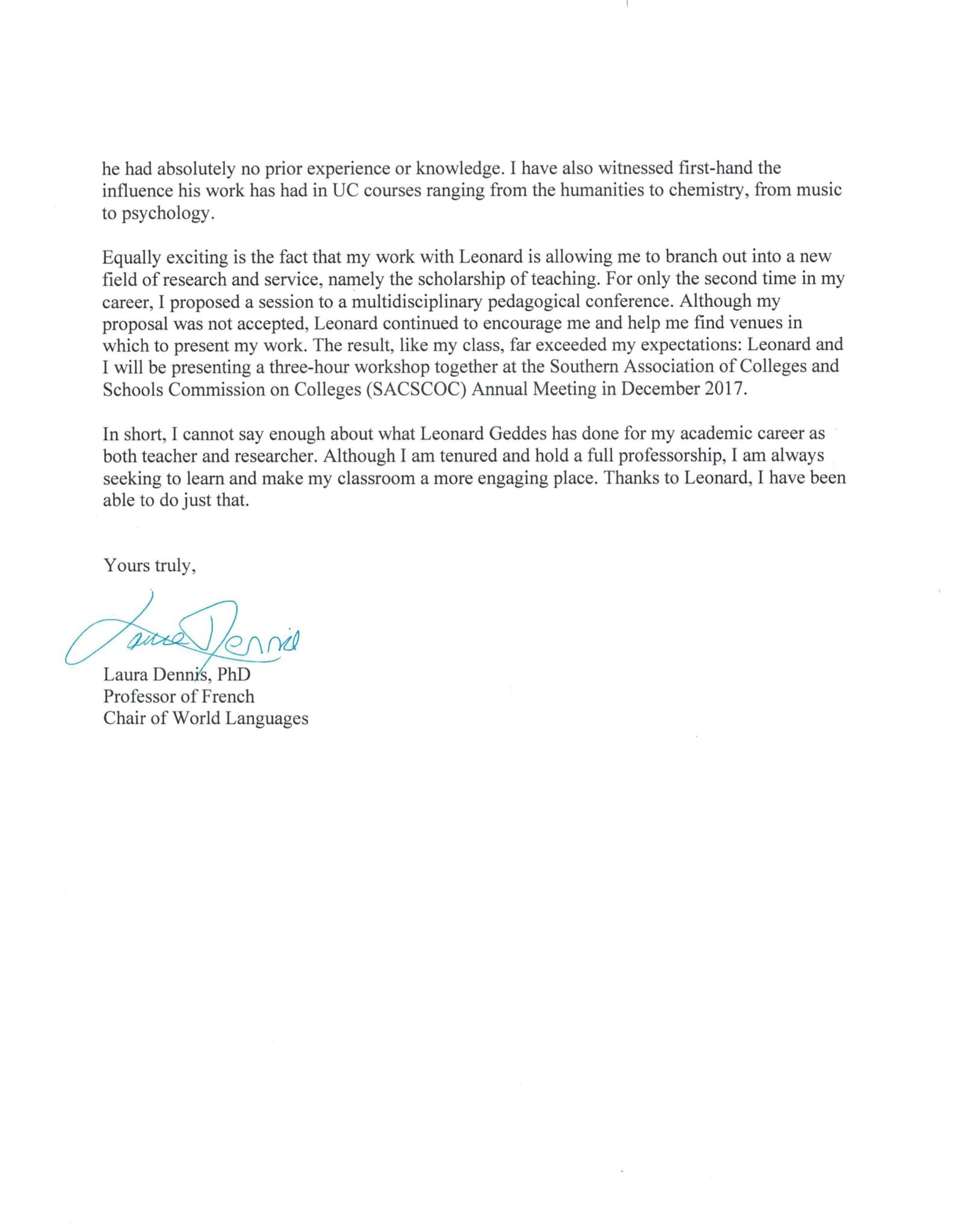
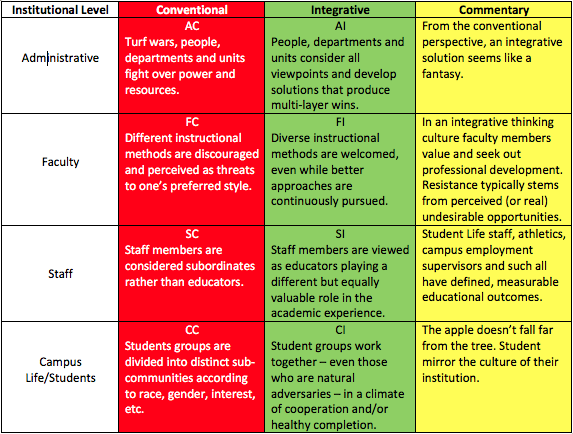
0 Comments